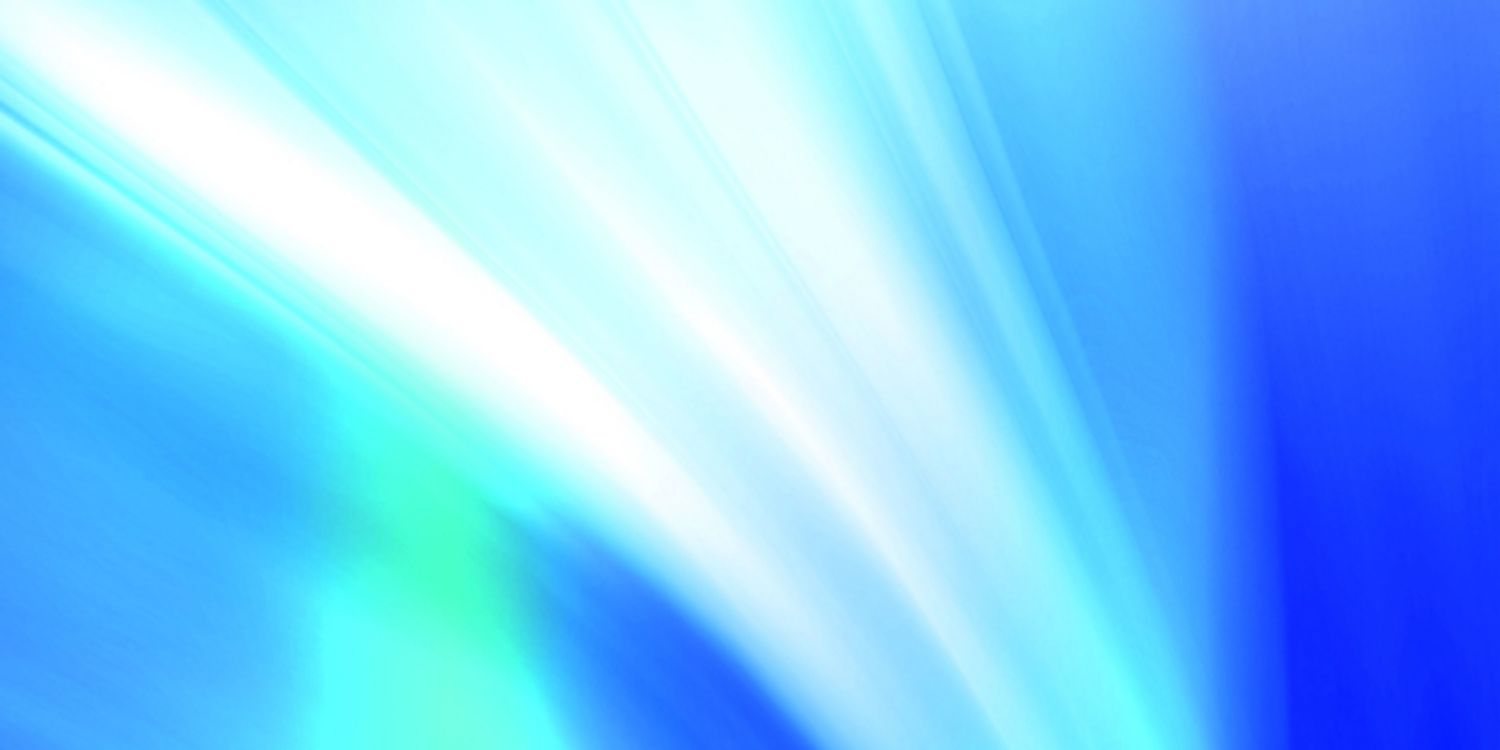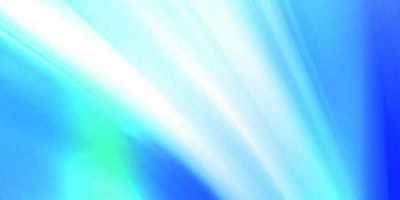Lithophane tutorial videos and examples
Two old videos, and some nice results by DeskProto users
The videos on this page have been made using now obsolete version of DeskProto (V5 and V6).
For more up-to-date tutorials you can view:
The best way to create a detailed lithophane
Create a pipe lithophane by wrapping an image
Scroll down to see the lithophanes created by DeskProto users.
Flat lithophane tutorial (DP V5) - old
Creating a flat lithophane. The video explains about lithophanes, shows the DeskProto settings, the actual machining and the result (DP V5, 8 min)
This old Flat lithophane tutorial video teaches you how to create a lithophane using DeskProto Version 5. The photo of a dog is used, you can of course use any picture that you want.
This video does apply to all editions of DeskProto, so even to the lowcost Entry Edition and the free-of-charge Free edition.
Pipe lithophane tutorial (DP V6) - old
Creating a pipe lithophane. The video explains about lithophanes, shows the DeskProto settings, the actual machining and the result (DP V6, 11 min)
The Pipe lithophane tutorial video teaches you how to create a pipe lithophane using DeskProto: the relief is machined in a cylinder shape material (a pipe). You then can place a lamp or a candle inside the pipe.
This video applies only to the Multi-Axis Edition of DeskProto, as a rotation axis is required.
Results showcase for lithophanes


Left the original photo, right the relief clearly visible
Before you can start machining a lithophane you will need to experiment a bit with material thickness: how thick is needed to create white and black in the picture. For this flat lithophane a piece of 3 mm thick white PolyStyrene has been used, and we found that the material needed to be between 0.5 and 1.5 mm thick for a good result.


The same picture twice: left flat, right as lamp-shade
Also important is the choice of cutter: the smaller the cutter, the more detail. For these pictures we have used a 2 mm diameter ballnose cutter for roughing, and a 1 mm ballnose for finishing (see the tutorial videos above). We also tried a conical cutter with 0.1 mm tip, which showed much more details (for instance the hairs at the dog's nose), however in this plastic the resulting surface was not smooth enough.


Again a lamp-shade: present for a grandmother
For these lamp-shades plain PVC drainage pipe has been used: diameter 70 mm, material thickness ca 1.5 mm. Very cheap: a piece a 2 meter did cost us 5 Euro. Note that you will need white plastic: this does not work in the standard dark gray type.


A series of nice lithophanes, showing the German town Wurzen and it's city gates (Stadttore)
Thiele Holz from Wurzen (Germany) produces wooden articles and artworks. In addition Herr Thiele also machines artistic lithophanes, like the series above that show his home town in a nostalgic light.
These lithophanes have been machined in 2 mm thick PVC sheet material.


A seven-sided lithophane lampshade, showing portraits of all seven family members
Our programmer Koen had the bright idea that it is also possible to create a lithophane lampshade on a machine without rotation axis: machine a number of flat lithophanes and use these to build the lamp-shade.
His family has seven members, so for this lamp a seven-sided polygon (heptagon) was used as base plate. The extra holes have been added to allow coolant air flow. The flat panels have been assembled on the base plate using glue, and after that the complete shade has been mounted on a standard table-lamp base by simply replacing the shade that it came with.
Email us a photo of the lithophane that you created so we can add that to the list of results !
(in case you want with a link to your website).
It will be interesting to see which machines are used, which cutters, and also which fixtures for three sided ring machining.









